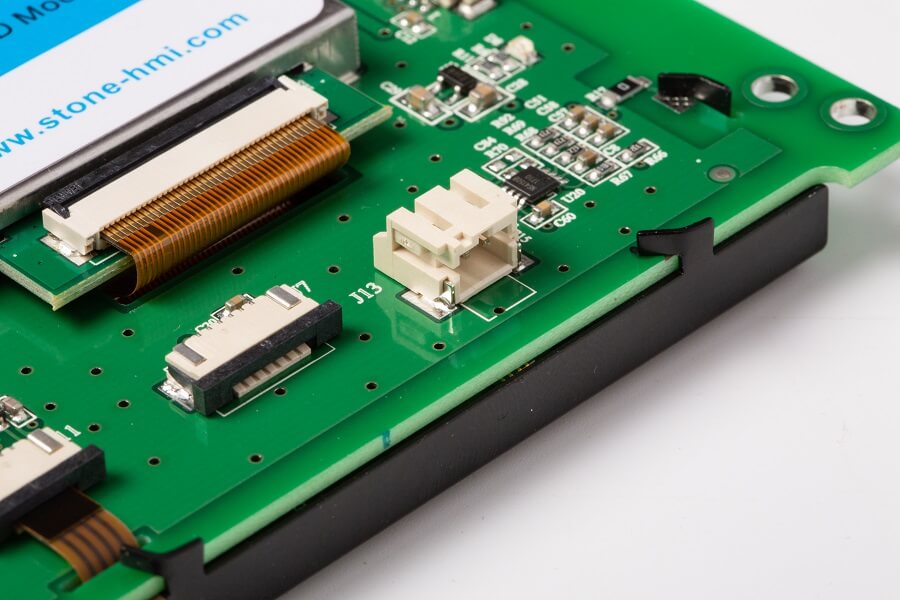The guide to choose your ideal monitor without fainting in the attempt
When you go to buy a monitor you hear many terms in the form of acronyms that you do not know very well what they mean or what they mean. Letters like QHD, LCD, TFT, LED, IPS, WQHD mark the screens and their spec sheets, but we just don't understand them.
How are you going to choose the right screen if you don't understand the technology behind it, the advantages of each one, and how each type fits with a specific use of the monitor?

click for more information to understand the different screens in the info graphic below, although before some small notions that will probably avoid the occasional headache when you try to buy the perfect monitor for your work, living room or study:
- LED screens are an evolution of LCDs, have been on the market for a little less time and their overall price is slightly higher. This means that LED displays are formally improved LCD displays.
- TFT technology is applied only to LED displays, illuminating each pixel separately, but this does not convert an LED to an LCD.
- IPS technology is an improvement on TFT technology that is applied to LCD screens, which is why you sometimes find IPS LCD. Since LEDs are enhanced LCDs, you should not be confused: IPS LCD is IPS LED.
- CRT: In CRT technology the available connections were generally limited: a monitor used to have only one VGA input, whereas a tube television had an antenna input, some scart and, hopefully, an audio output to connect to headphones or to the hi-fi team in the room.
Aspect ratio
On many occasions you have seen on television a film in which omnipresent black stripes appear above and below. This is because the aspect ratios used in traditional television (4: 3) and in cinema (1.85: 1 or 2.39: 1) are clearly different.
The aspect ratio of a screen can be simply defined as the ratio of the width to the height of a screen, measured as the ratio of its width to its height. Thus, it is equivalent to speak of a 4: 3 aspect ratio (or 1.33: 1) as that screen that is 4 centimeters or another equivalent unit of width for every 3 of height. With this parameter and the size of the diagonal in inches Click to view the site to get a clear idea of what the screen will look like.
So far, the aspect ratio used in television is 4: 3, which has led to a large market for televisions and computer monitors working with this ratio. On the contrary, click read the cinema was different from television offering gigantic screens and much wider than high, struggling to seduce the public with panoramic formats that allowed spectacular sensations. The problem was how to project a movie film on television, since it is obvious that a certain type of conversion will have to be carried out in order for the images to be compatible.